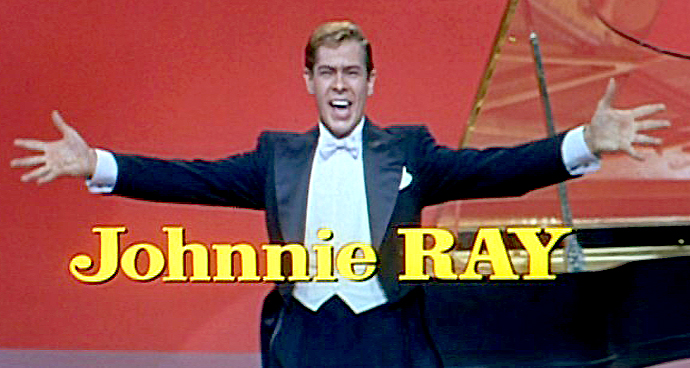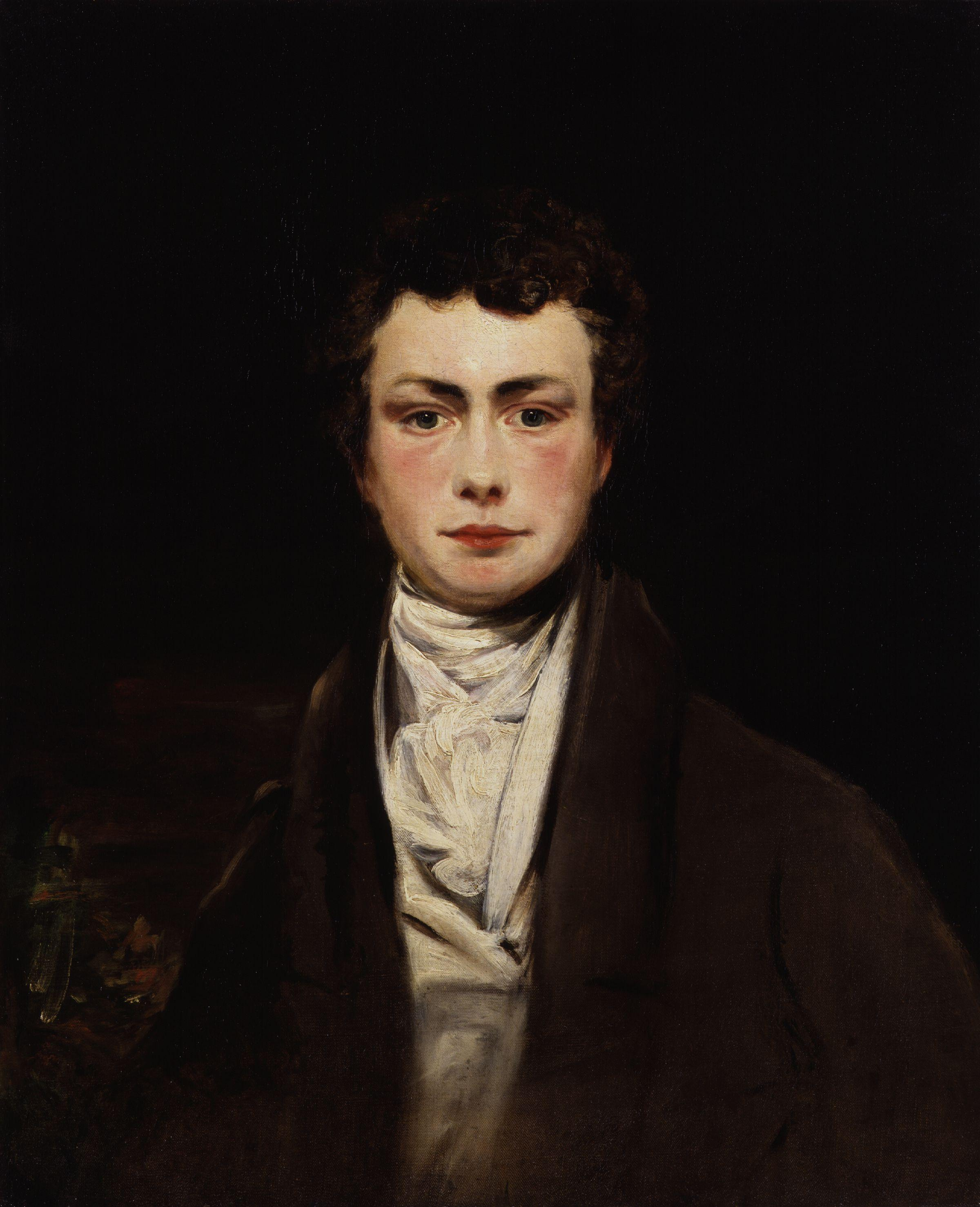|
Come On Eileen
"Come On Eileen" is a song by the English group Dexys Midnight Runners (credited to Dexys Midnight Runners and the Emerald Express), released in the United Kingdom in June 1982 as a single from their second studio album '' Too-Rye-Ay''. It reached number one in the United States and was their second number one hit in the UK, following 1980's "Geno". The song was produced by Clive Langer and Alan Winstanley and was initially claimed to be written by Kevin Rowland, Jim Paterson and Billy Adams, although Rowland later stated that the essence of the tune should be attributed to Kevin Archer. "Come On Eileen" won Best British Single at the 1983 Brit Awards, and in 2015 the song was voted by the British public as the nation's sixth favourite 1980s number one single in a poll for ITV. It was ranked number eighteen on VH1's "100 Greatest Songs of the '80s" and was Britain's best-selling single of 1982. Composition There are various versions of the song; some, in addition to the mai ... [...More Info...] [...Related Items...] OR: [Wikipedia] [Google] [Baidu] |
Dexys Midnight Runners
Dexys Midnight Runners (currently officially Dexys, their former nickname, styled without an apostrophe) are an English pop rock band from Birmingham, with soul influences, who achieved major commercial success in the early to mid-1980s. They are best known in the UK for their songs "Come On Eileen" and "Geno", both of which peaked at No. 1 on the UK Singles Chart, as well as six other top-20 singles. "Come On Eileen" also topped the US ''Billboard'' Hot 100, and with extensive airplay on MTV they are associated with the Second British Invasion. During the late 1970s and early 1980s, Dexys went through numerous personnel changes over the course of three albums and 13 singles, with only singer/songwriter/co-founder Kevin Rowland remaining in the band through all of the transitions and only Rowland and "Big" Jim Paterson (trombone) appearing on all of the albums. By 1985, the band consisted only of Rowland and long-standing members Helen O'Hara (violin) and Billy Adams (gui ... [...More Info...] [...Related Items...] OR: [Wikipedia] [Google] [Baidu] |
The Independent
''The Independent'' is a British online newspaper. It was established in 1986 as a national morning printed paper. Nicknamed the ''Indy'', it began as a broadsheet and changed to tabloid format in 2003. The last printed edition was published on Saturday 26 March 2016, leaving only the online edition. The newspaper was controlled by Tony O'Reilly's Irish Independent News & Media from 1997 until it was sold to the Russian oligarch and former KGB Officer Alexander Lebedev in 2010. In 2017, Sultan Muhammad Abuljadayel bought a 30% stake in it. The daily edition was named National Newspaper of the Year at the 2004 British Press Awards. The website and mobile app had a combined monthly reach of 19,826,000 in 2021. History 1986 to 1990 Launched in 1986, the first issue of ''The Independent'' was published on 7 October in broadsheet format.Dennis Griffiths (ed.) ''The Encyclopedia of the British Press, 1422–1992'', London & Basingstoke: Macmillan, 1992, p. 330 It was produc ... [...More Info...] [...Related Items...] OR: [Wikipedia] [Google] [Baidu] |
Major Second
In Western music theory, a major second (sometimes also called whole tone or a whole step) is a second spanning two semitones (). A second is a musical interval encompassing two adjacent staff positions (see Interval number for more details). For example, the interval from C to D is a major second, as the note D lies two semitones above C, and the two notes are notated on adjacent staff positions. Diminished, minor and augmented seconds are notated on adjacent staff positions as well, but consist of a different number of semitones (zero, one, and three). The major second is the interval that occurs between the first and second degrees of a major scale, the tonic and the supertonic. On a musical keyboard, a major second is the interval between two keys separated by one key, counting white and black keys alike. On a guitar string, it is the interval separated by two frets. In moveable-do solfège, it is the interval between ''do'' and ''re''. It is considered a melo ... [...More Info...] [...Related Items...] OR: [Wikipedia] [Google] [Baidu] |
Tempo
In musical terminology, tempo (Italian, 'time'; plural ''tempos'', or ''tempi'' from the Italian plural) is the speed or pace of a given piece. In classical music, tempo is typically indicated with an instruction at the start of a piece (often using conventional Italian terms) and is usually measured in beats per minute (or bpm). In modern classical compositions, a "metronome mark" in beats per minute may supplement or replace the normal tempo marking, while in modern genres like electronic dance music, tempo will typically simply be stated in BPM. Tempo may be separated from articulation and meter, or these aspects may be indicated along with tempo, all contributing to the overall texture. While the ability to hold a steady tempo is a vital skill for a musical performer, tempo is changeable. Depending on the genre of a piece of music and the performers' interpretation, a piece may be played with slight tempo rubato or drastic variances. In ensembles, the tempo is often ind ... [...More Info...] [...Related Items...] OR: [Wikipedia] [Google] [Baidu] |
Counter-melody
In music, a counter-melody (often countermelody) is a sequence of notes, perceived as a melody, written to be played simultaneously with a more prominent lead melody. In other words, it is a secondary melody played in counterpoint with the primary melody. A counter-melody performs a subordinate role, and it is typically heard in a texture consisting of a melody plus accompaniment. In marches, the counter-melody is often given to the trombones or horns. American composer David Wallis Reeves is credited with this innovation in 1876. The more formal term countersubject applies to a secondary or subordinate melodic idea in a fugue. A countermelody differs from a harmony part sung by a backup singer in that whereas the harmony part typically lacks its own independent musical line, a countermelody is a distinct melodic line. See also *Nebenstimme *Parallel harmony *Traditional sub-Saharan African harmony Traditional sub-Saharan African harmony is a music theory of harmony in s ... [...More Info...] [...Related Items...] OR: [Wikipedia] [Google] [Baidu] |
Bridge (music)
In music, especially Western popular music, a bridge is a contrasting section that prepares for the return of the original material section. In a piece in which the original material or melody is referred to as the "A" section, the bridge may be the third eight-bar phrase in a thirty-two-bar form (the B in AABA), or may be used more loosely in verse-chorus form, or, in a compound AABA form, used as a contrast to a full AABA section. The bridge is often used to contrast with and prepare for the return of the verse and the chorus. "The b section of the popular song chorus is often called the ''bridge'' or ''release''." Etymology The term comes from a German word for bridge, ''Steg'', used by the Meistersingers of the 15th to the 18th century to describe a transitional section in medieval bar form. The German term became widely known in 1920s Germany through musicologist Alfred Lorenz and his exhaustive studies of Richard Wagner's adaptations of bar form in his popular 19th-cent ... [...More Info...] [...Related Items...] OR: [Wikipedia] [Google] [Baidu] |
Johnnie Ray
John Alvin Ray (January 10, 1927 – February 24, 1990) was an American singer, songwriter, and pianist. Highly popular for most of the 1950s, Ray has been cited by critics as a major precursor to what became rock and roll, for his jazz and blues-influenced music, and his animated stage personality. Tony Bennett called Ray the "father of rock and roll", and historians have noted him as a pioneering figure in the development of the genre. Born and raised in Dallas, Oregon, Ray, who was partially deaf, began singing professionally at age fifteen on Portland radio stations. He gained a local following singing at small, predominantly African-American nightclubs in Detroit, where he was discovered in 1949 and subsequently signed to Okeh Records, a subsidiary of Columbia Records. He rose quickly from obscurity in the United States with the release of his debut album ''Johnnie Ray'' (1952), as well as with a 78 rpm single, both of whose sides reached the ''Billboard'' magazine's Top ... [...More Info...] [...Related Items...] OR: [Wikipedia] [Google] [Baidu] |
Thomas Moore
Thomas Moore (28 May 1779 – 25 February 1852) was an Irish writer, poet, and lyricist celebrated for his ''Irish Melodies''. Their setting of English-language verse to old Irish tunes marked the transition in popular Irish culture from Irish to English. Politically, Moore was recognised in England as a press, or " squib", writer for the aristocratic Whigs; in Ireland he was accounted a Catholic patriot. Married to a Protestant actress and hailed as "Anacreon Moore" after the classical Greek composer of drinking songs and erotic verse, Moore did not profess religious piety. Yet in the controversies that surrounded Catholic Emancipation, Moore was seen to defend the tradition of the Church in Ireland against both evangelising Protestants and uncompromising lay Catholics. Longer prose works reveal more radical sympathies. The ''Life and Death of Lord Edward Fitzgerald'' depicts the United Irish leader as a martyr in the cause of democratic reform. Complementing Maria Edgewort ... [...More Info...] [...Related Items...] OR: [Wikipedia] [Google] [Baidu] |
A Cappella
''A cappella'' (, also , ; ) music is a performance by a singer or a singing group without instrumental accompaniment, or a piece intended to be performed in this way. The term ''a cappella'' was originally intended to differentiate between Renaissance polyphony and Baroque concertato musical styles. In the 19th century, a renewed interest in Renaissance polyphony, coupled with an ignorance of the fact that vocal parts were often doubled by instrumentalists, led to the term coming to mean unaccompanied vocal music. The term is also used, rarely, as a synonym for ''alla breve''. Early history A cappella could be as old as humanity itself. Research suggests that singing and vocables may have been what early humans used to communicate before the invention of language. The earliest piece of sheet music is thought to have originated from times as early as 2000 B.C. while the earliest that has survived in its entirety is from the first century A.D.: a piece from Greece called the ... [...More Info...] [...Related Items...] OR: [Wikipedia] [Google] [Baidu] |
ITV (TV Network)
ITV is a British free-to-air public broadcast television network. It was launched in 1955 as Independent Television to provide competition to BBC Television (established in 1936). ITV is the oldest commercial network in the UK. Since the passing of the Broadcasting Act 1990, it has been legally known as Channel 3 to distinguish it from the other analogue channels at the time, BBC1, BBC2 and Channel 4. ITV was for four decades a network of separate companies which provided regional television services and also shared programmes between each other to be shown on the entire network. Each franchise was originally owned by a different company. After several mergers, the fifteen regional franchises are now held by two companies: ITV plc, which runs the ITV1 channel, and STV Group, which runs the STV channel. The ITV network is a separate entity from ITV plc, the company that resulted from the merger of Granada plc and Carlton Communications in 2004. ITV plc holds the Channel 3 ... [...More Info...] [...Related Items...] OR: [Wikipedia] [Google] [Baidu] |
.png)

.jpg)



